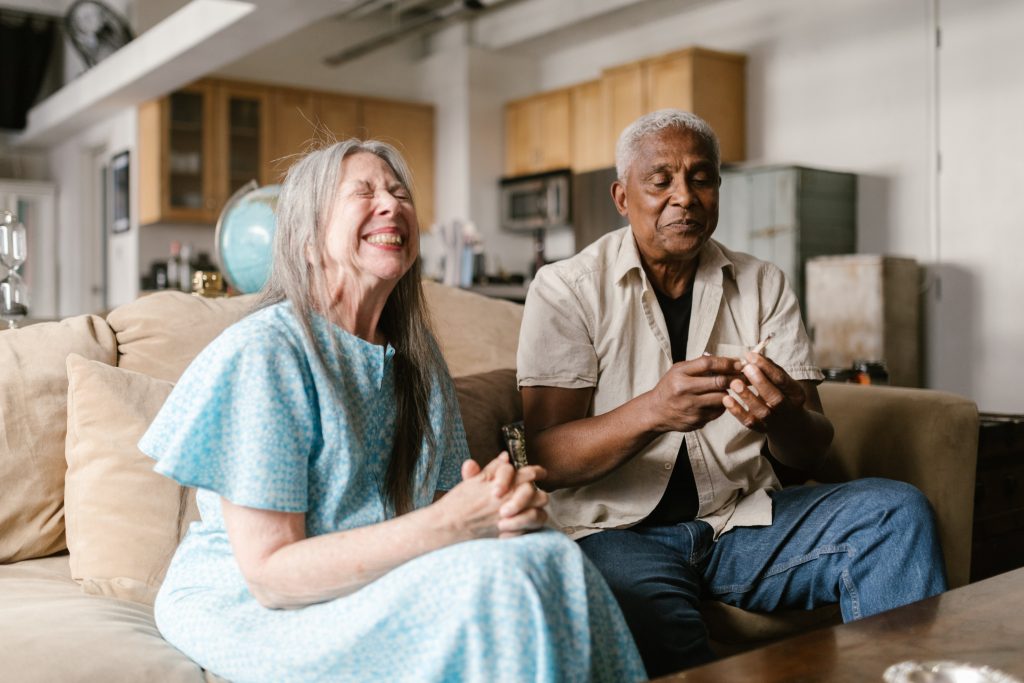LEARN SOMETHING NEW
Therapy Blog for Orem, Spanish Fork & South Jordan
Encourage Sincere Change in Couples Therapy
How to Encourage Sincere Change in Couples Therapy
In couples therapy, you will work alongside your partner to create genuine changes. As the new year approaches, you might be even more motivated to turn over a new leaf and find ways to improve your bond with your partner.
But, what creates real change? Odds are, you and your partner have tried to change things before, but things didn’t quite “click”. What was missing?
Today, you will learn about two different types of change, and what you can do to create lasting improvements in your relationship. Then, you will learn how couples therapy can help you enact those changes.
Types of Change
Think about a time you tried to make a change that didn’t work out. Maybe you created a clear plan or a vision board. You might have made a specific to-do list and tried to enlist the help of others to keep the plan on track. On paper, you did all of the right things to try and create lasting changes. So, why did things stay the same?
That’s where it can be helpful to understand the types of change that happen in your relationships. Let’s talk about the two types of change: first and second order change. (Source)
First Order Change
The first type of change in relationships is called first order change. First order changes happen when you change your behaviors and reactions in your relationship. But, the reasoning and motivation for the original behaviors stays the same. First order change is still a change, but it’s not the enduring, positive change you are probably looking for with your partner. (Related article: Turn Relationship Goals into Habits).
Here’s an example. Let’s say you and your partner fight… a lot. You tend to escalate with each other very quickly and you both end up hurt emotionally after your altercations. You are both sick of the fighting and the disagreements, and you decide it’s time for a change. Since it seems any serious conversation leads to a fight, you and your partner both decide to change the pattern by avoiding conversations all together. (Related Article: Common Relationship Problems). You can’t fight if you’re not talking, right?
First Order Change, First Steps Forward
You might see the problem here already. Sure, you have now “stopped” the fighting… but at what cost? The surface level reasons for the fights are now eliminated. But, does that really resolve WHY you and your partner fight so much?
That’s why first order changes are so common in relationships. First order change is typically easy to enact and relatively low-risk. And that’s not always bad; sometimes the first order change is what it takes for you and your partner to realize that you want to sincerely change. First order change can motivate you to seek out the “real” answers… and these answers come as a result of second-order changes.
Second Order Changes
The next type of change, called second order change, is created by a fundamental shift in how your relationship works. If first order change is a change in your behaviors and reactions, second order change is changes to the “rules” and patterns of how you and your partner interact with each other. (Related Article: Roles and Rules in Families).
Second order changes invite you and your partner to work together to figure out the “why” behind your actions. If first order change is just treating the symptoms of your relationship dysfunction, then second order change is finding and applying the cure.
Creating Enduring Change
Let’s revisit our first example. You and your partner fight. Then, you enact first-order changes by avoiding talking to each other. You figure if you don’t talk you won’t fight! Problem solved, right?
Well… for now. After a little while, you and your partner both begin to see how avoiding each other isn’t really fixing the reason for WHY you fight. And you miss each other! You want that connection and emotional support you used to share in your relationship. You and your partner come together and decide it’s time to fix this once and for all. (Related Article: Fixing How You Fight).
So, you make the call and set an appointment to see a couples counselor. In couples therapy, you work with your therapist to figure out why these fights are happening in the first place. You learn that you and your partner both struggle to feel heard in your relationship. Now, you use the things you’ve learned in therapy to create second order change as a couple. You apply what you learn. You don’t fall into fighting like you used to. And you don’t avoid each other, either. Instead, you both work on applying your communication skills in the “real world”. (Related article: Marriage Communication Problems).
This is the second order change; you change how you listen and communicate with your partner. You put more effort into understanding the why behind your fights. And, as a result, you see lasting, enduring change you’ve wanted all along. Instead of just changing the behavior you change the reason you fought in the first place.
Couples Therapy Can Help You Move From First to Second Order Changes
If you are reading this and you realize you’re stuck in first order change in your relationship, then couples therapy is here to help. In therapy, you can work with your therapist to identify the cycles and patterns that hold you and your partner back from being happier and healthier as a couple. (Related Article: Promoting Partnership). And you can use the things you learn in therapy to create and apply sincere second order changes in your relationship.
Ready to create lasting positive changes in your relationship? Start couples counseling in Orem, South Jordan, or Spanish Fork, or via Telehealth for anyone in Utah.
Written by Lauren Adkins


